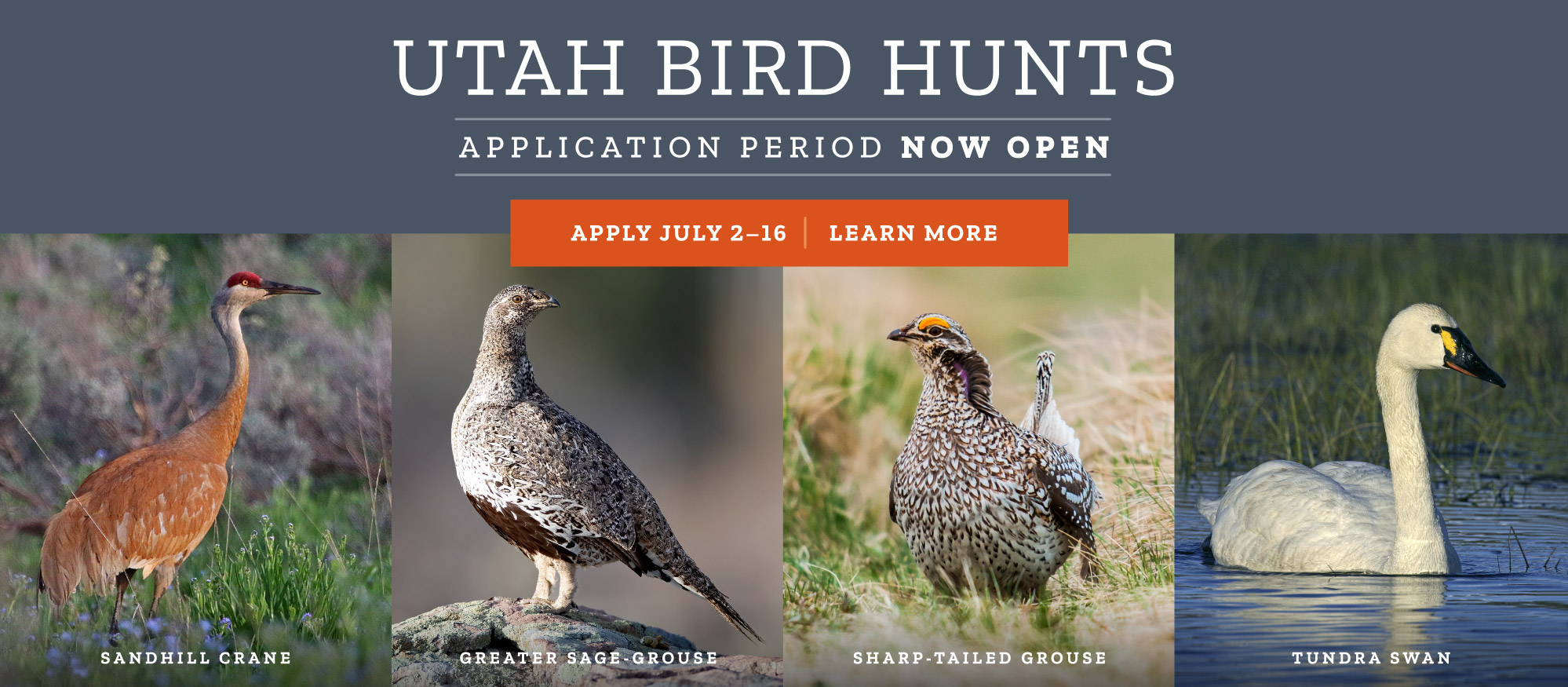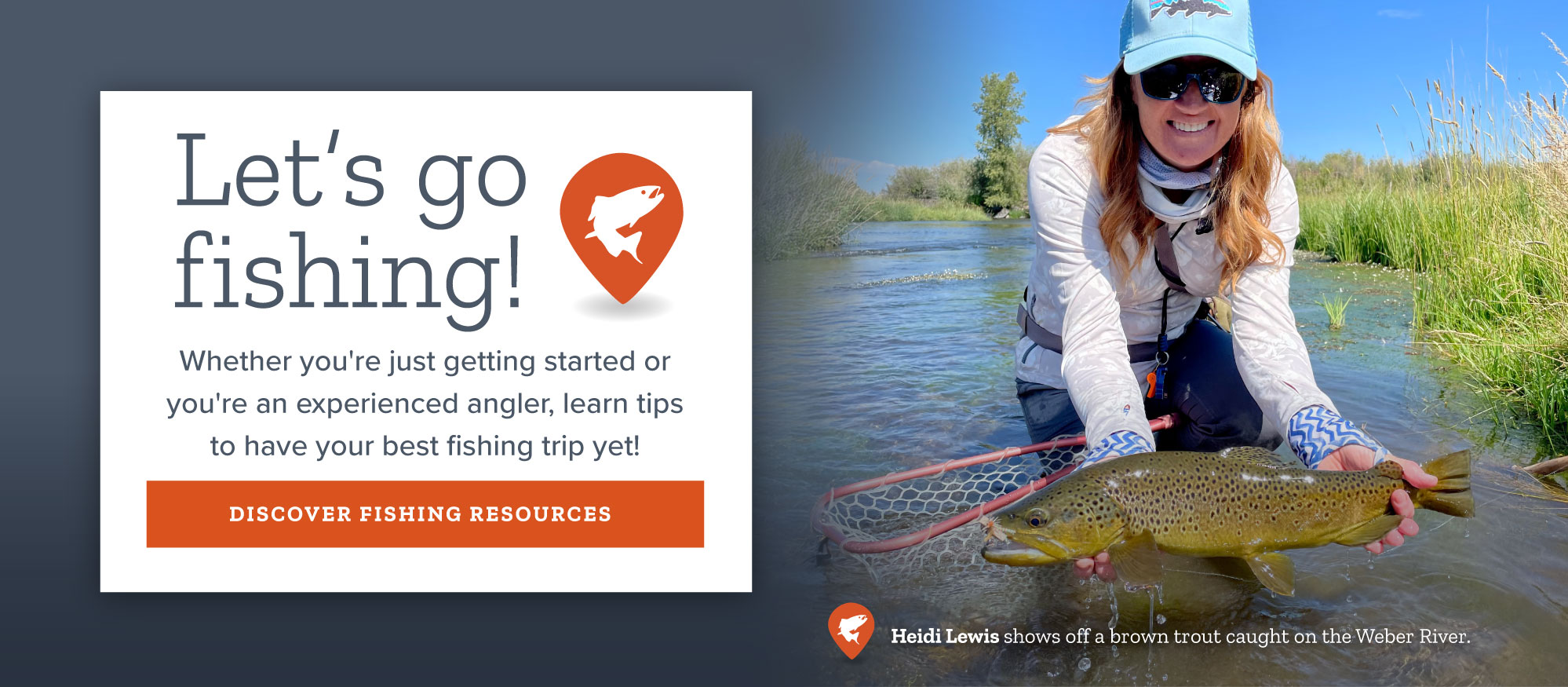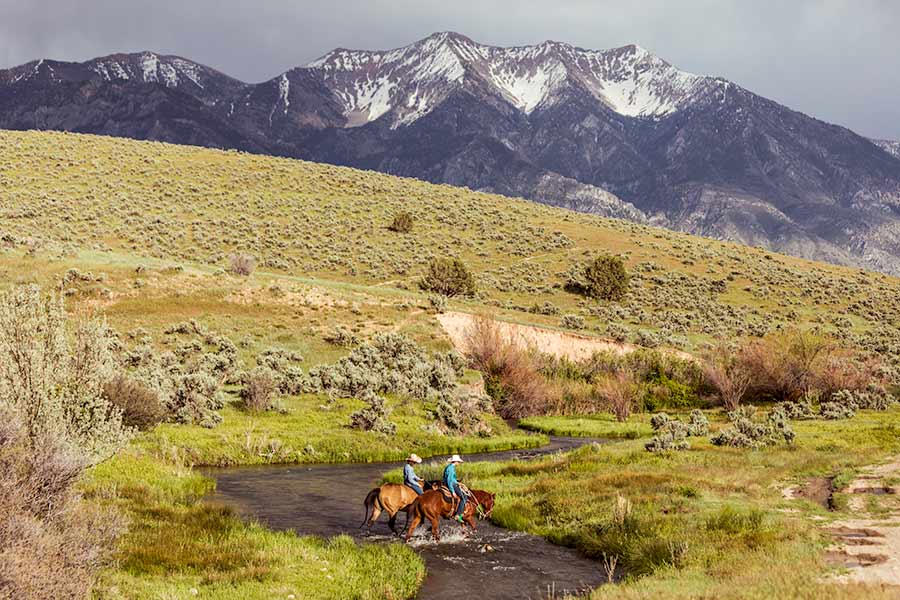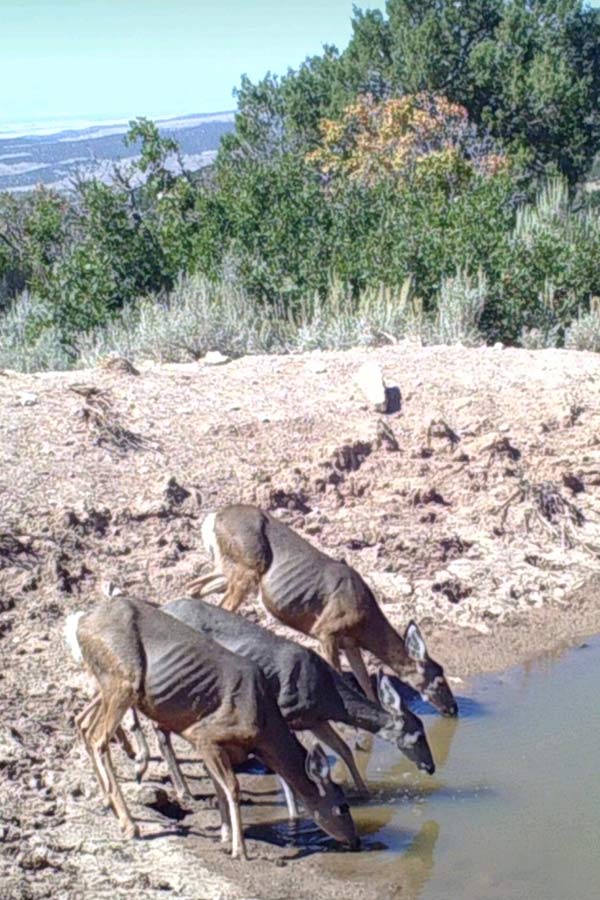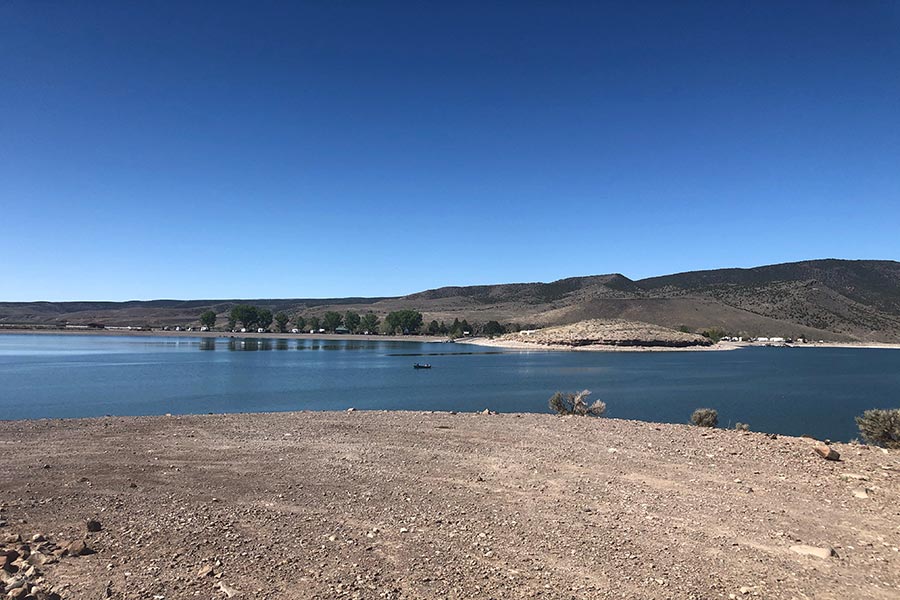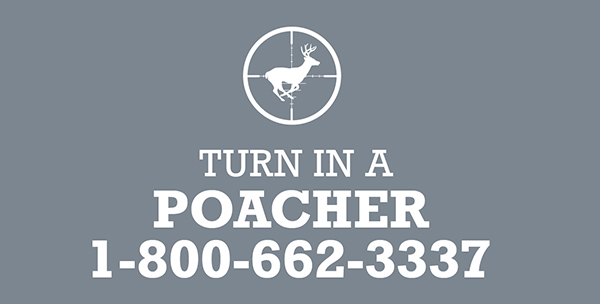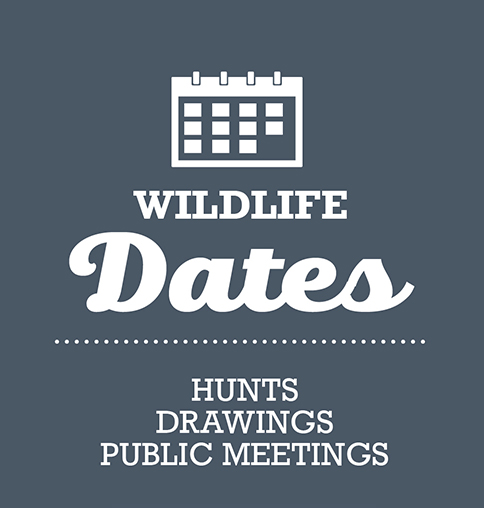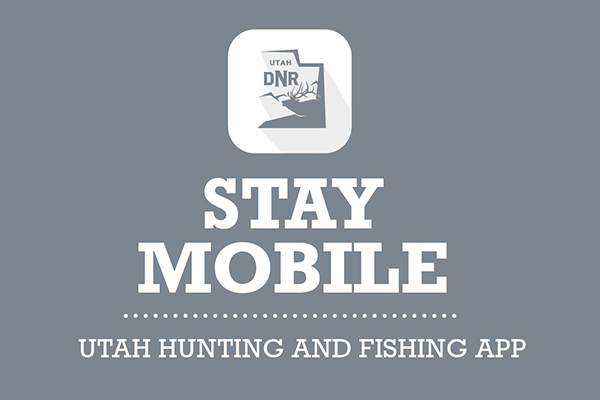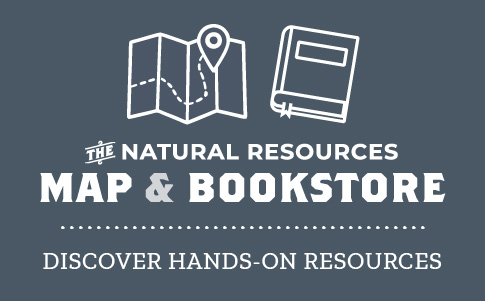DWR lands
Protecting and managing wildlands access for Utahns
The Utah Division of Wildlife Resources is the steward of over 600,000 acres of important fish and wildlife habitat across the state. We manage these lands to conserve and improve habitat for fish and wildlife, and to support wildlife-related recreational opportunities for the public.
The effective management of these lands is vital to maintaining Utah's rich and diverse wildlife resources for current and future generations.
Types of Division lands
Since the first land purchase in 1901, the DWR has continued to hold and manage land across Utah for wildlife, habitat and wildlife-related recreation.
The Division owns property in the form of waterfowl and wildlife management areas. Additionally, the DWR purchases access and conservation easements, which allow private landowners to maintain ownership and control of their land while also accommodating public access. Through these cooperative efforts, we can manage for critical habitat and wildlife purposes. DWR lands include:
Wildlife/Waterfowl Management Areas (WMAs)
The Division and its partners manage WMAs in Utah and implement habitat projects to help provide food and water to maintain healthy wildlife populations.
Walk-in Access
A Walk-in Access property is an area of private land on which the Division has leased certain hunting, trapping or fishing privileges.
Cooperative Wildlife Management Units (CWMUs)
Landowners that have an interest in CWMU program must have a minimum of 5,000 contiguous acres to manage a deer, pronghorn or turkey and a minimum of 10,000 contiguous acres for elk or moose.
Habitat Council
The Wildlife Habitat Account — more commonly known as the Habitat Council — is one of the major funding mechanisms for supporting habitat improvement projects in Utah.
Funding land purchases, access and management
DWR land purchases are primarily funded through the U.S. Fish and Wildlife Service Wildlife and Sport Fish Restoration Program. This program was created through federal legislation — the 1937 Pittman-Robertson Wildlife Restoration Act and the Dingell-Johnson Sport Fish Restoration Act of 1950 — wherein hunters and anglers supported an excise tax on hunting and fishing equipment to directly fund wildlife conservation.
Additional funding comes from:
- Fishing and hunting license sales
- Hunting permit sales
- Utah Habitat Council grants
- Endangered Species Mitigation Fund
- Public and private conservation partnerships
- Other state and federal grant programs
When you visit DWR lands with the intent of hunting or fishing, you help pay for their use by purchasing hunting and fishing licenses, permits and equipment.
The DWR has also received donations of property from landowners who wish to see their land protected in perpetuity. If you are considering donating land for wildlife conservation, please contact us at This email address is being protected from spambots. You need JavaScript enabled to view it..
Other uses of Division lands
Some ways that you can enjoy DWR lands are by hunting, fishing, camping, wildlife viewing, hiking and photography.
Beyond those recreational activities, be aware that special rules apply to DWR-administered properties and easements that may differ from other state or federal lands. DWR lands have specific management objectives and goals, restrictions and limitations, and are managed according to Utah Administrative Rule R657-28, Use of Division Land, which lists allowed (and disallowed) uses of DWR lands.
If you are an individual or represent a group seeking the use of DWR land for a limited or temporary use, or for an easement or right-of-way, please keep the following in mind:
- DWR lands are not multiple-use.
- Only wildlife-related activities are permitted.
- To determine if your proposed use is permitted, please review Utah Administrative Rule R657-28, Use of Division Land before you proceed with your request.
- To request limited or temporary use of DWR land, you must apply for a Special Use Permit in accordance with the administrative rule. Contact the DWR Lands Program at This email address is being protected from spambots. You need JavaScript enabled to view it. to discuss your request and the application process.
- If you think you need an easement or right of way to cross, construct or access DWR land, you may contact us via email (This email address is being protected from spambots. You need JavaScript enabled to view it.) to discuss your specific situation. Before contacting us regarding one of these types of accesses, please be sure to exhaust all other private and public land options. Note: Granting partial interest rights can be a complex, timely and costly process on DWR lands.
Contact us
- Interested in donating land for wildlife conservation?
- Not sure if your specific DWR land use request is permitted?
Contact the DWR Lands Program at This email address is being protected from spambots. You need JavaScript enabled to view it. to discuss your specific needs.
